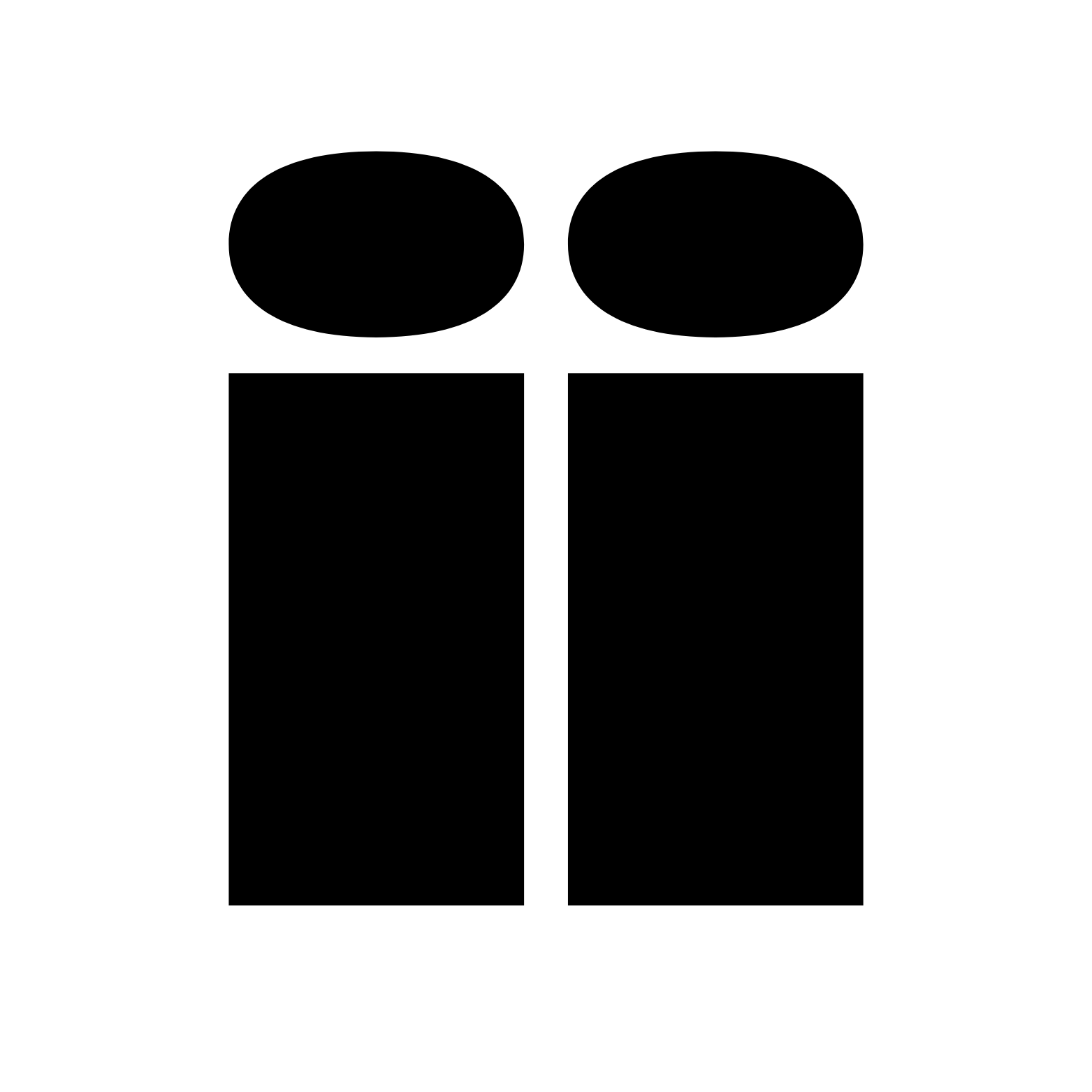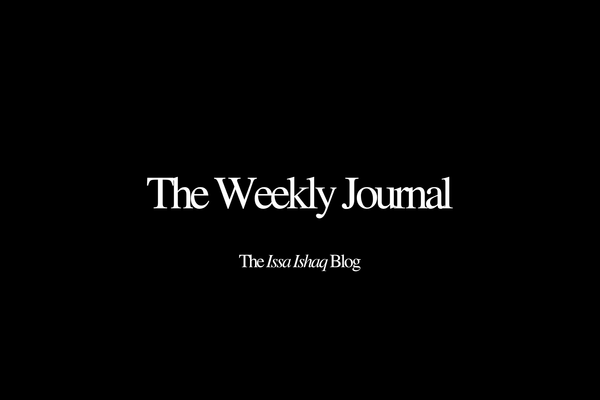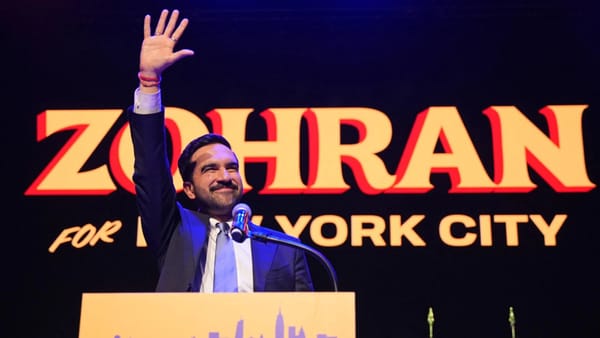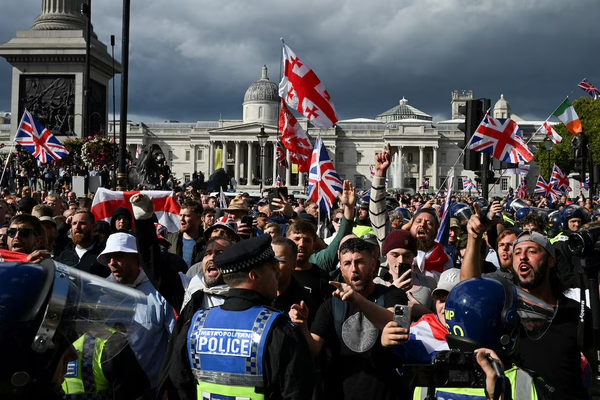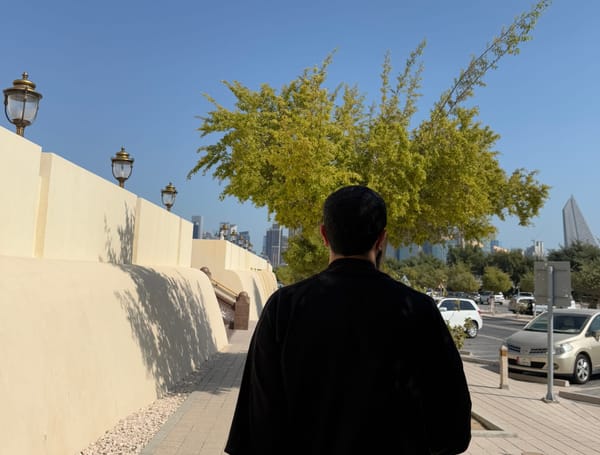The Paradox of Istanbul: Between Crescent and Republic.
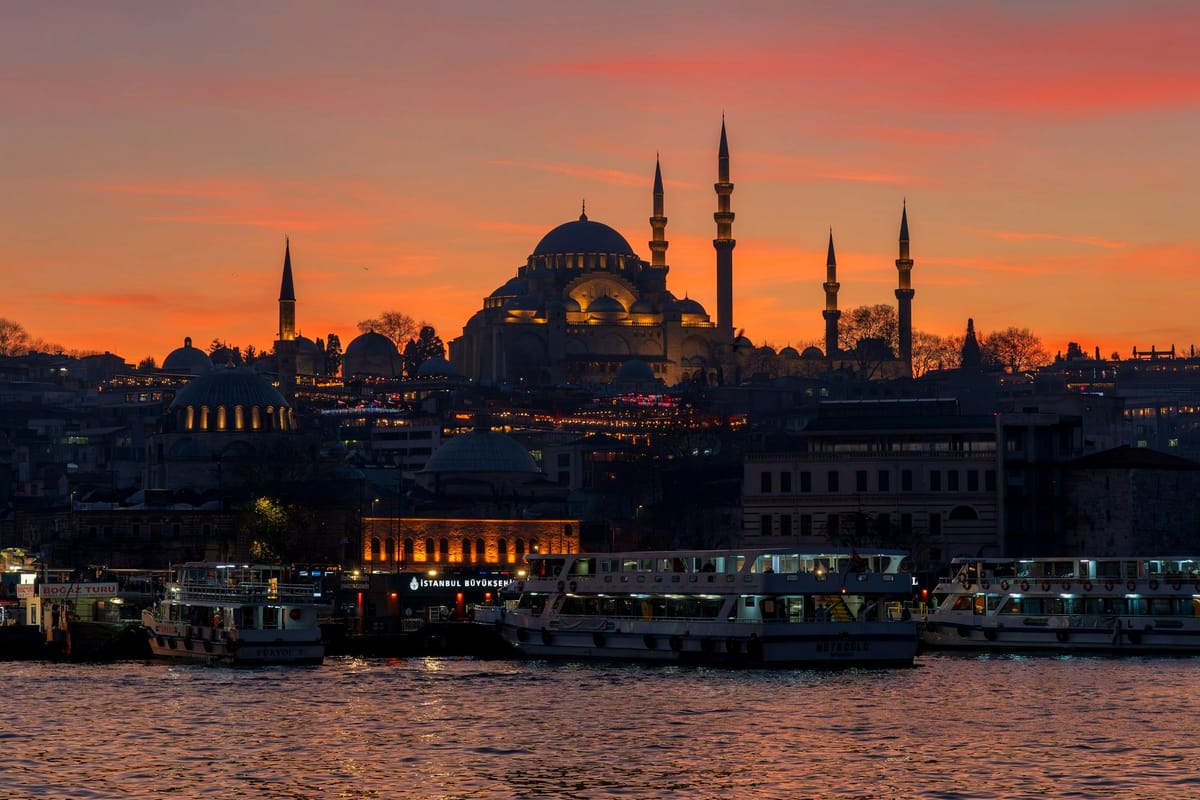
Istanbul is not a mere metropolis of mosques and mausoleums, but rather a palimpsest of civilisations, a living manuscript of ambition, conquest and triumph. Dominating from the shores of the Bosphorus, it appears a vision suspended between continents, a region mediating East and West, antiquity and modernity, faith and secularity. History has known it as Byzantium, Constantinople and now Istanbul, but it has always been a stage upon which the theatrics of power and faith have unfolded for over two millennia. My recent trip was no ordinary experience, but an immersion into a past where the air itself vibrates with the voices of sultans and saints alike.
The architectural fabric of the city dominates with an unparalleled confidence. The Hagia Sophia reigns as its supreme article, an edifice whose scale and audacity remain staggering to this day. Walking beneath its lofty dome, light entering obliquely, revealing vestiges of Orthodox mosaics. Within these walls Justinian once proclaimed his triumph over Solomon, his structure endures as the embodiment of his claim; a victory, remaining. It is now a liminal monument where faiths collide without resolution.
The Sultan Ahmed Mosque, otherwise known as the Blue Mosque, extends the grandeur of the city with it interior laden with chromatic opulence. Wandering through its halls you are enveloped in a cascade of pattern and pigment, the stones singing a paean of devotion. Süleymaniye Masjid offers yet another iteration of this magnificence. Here you encounter a serenity achieved through an architecture of proportion so perfect it seems almost ordained rather than designed. From its terrace the Bosphorus unfolds in restless majesty, a reminder that this city has always been a contested bounty.
A boat trip along the Bosphorus and into the Golden Horn was a spectacle of history unfolding. The waves murmured of Byzantine battleships, Genoese carracks and Ottoman galleys. Palaces and fortifications slip past, each an artefact of maritime ambition. I was recounted the story of the colossal chain that once stretched across the Golden Horn; an iron serpent allegedly uncoiled to incapacitate oncoming fleets. Yet even such ingenuity collapsed before Mehmet II in 1453, the conqueror whose artillery thundered against Constantinople’s walls, until the city surrendered itself to destiny.
The Galata Tower, a Genoese sentinel of the fourteenth century, punctuates the panorama. From its ledge, you can survey the metropolis in all its bustling chaos and indulgent sublimity. What was once the proud axis of Genoese ambition is now a yawning ornament of tourism, a reminder that all sovereignty is provisional. By contrast, Topkapi Palace remains a treasury in the illusion of imperial permanence. To stand before the relics of the Prophet Muhammad PBUH, is to witness the paradox of worldly splendours attempting to cradle treasures of the unseen eternity. Not far lies the ancient hippodrome. The Obelisk of Theodosius rising imperiously, a pharaonic relic transported onto Byzantine soil. Pagan, Christian and Islamic residues intersect here in irreducible tension.
Yet, Istanbul is not contented by its own magnificence rather it thrives also on its grand contradictions. Within Hagia Sophia the incongruous sight of a seraphim’s face, long veiled under plaster, is unmasked. The seraphim being a pseudo-biblical, pagan inspired depiction of the six-winged celestial beings mentioned in Isaiah. Its recent excavation is less artefact, more admonition; a subtle reminder that Islam is consistently in friction with the forces that wish to infringe upon the establishment of its hegemony.
Still amid such enchantment, a dissonance became increasingly apparent. Having recently returned from Bosnia, where warmth still suffuses social encounters, I found in Istanbul a certain reserve. Hospitality was tempered, the effortless embrace of the Balkans replaced by a guarded urbanity. The sheer magnitude of the place, its relentless movement and scale, appears to have corroded the clemency of the daily, human encounter. More unsettling was the palpable estrangement from the very faith that crowned the city with its former glory. Mosques of unrivalled distinction stood muzzled, functioning as monuments to memory rather than vibrant places of worship. In every café and avenue the fashions and manners of the West predominate; reflecting Paris or Rome more readily than Damascus or Cairo.
Above all hovered the omnipresence of an Atatürk. His portraits adorned squares, streets and shops. For many, his image has become the pinnacle of collective, nationalised identity, revered with an intensity that even eclipses that of the spiritual fervour that once defined this Islamic capital. Nationalism has crystallised into creed, it has narrowed the vision of a city once styled 'the navel of the world'.
There is an undeniable irony in this transmutation. The seat of the caliphate, who's proclamation was that of the universality of Islam, has now become a republic where secular reverence outshines religion. Atatürk’s legacy is sacralised to a point where faith is rendered subordinate to state. The paradox is profound. A city that was once the luminary of Islam now defines itself primarily through the lens of secular modernity.
Perhaps this tension might precisely define the essence of Istanbul. This perpetual oscillation from empire to republic, East to West, sanctity to sacrilege, a memory and amnesia that all coexist in an unresolved friction. I think its beauty may lie not in resolution but in the intensity of its contradictions, the presence of incompatible realities that nonetheless resist together.
On my final evening, I returned to the Bosphorus. The sun slowly dissolving beneath the horizon, transfiguring domes and minarets into silhouettes of molten gold. The call to prayer reverberated over the strait, profound yet fragile, almost drowning beneath the drone of ferries and the clamour of crowds. In that instant, the city seemed suspended, poised between remembrance and oblivion, fidelity and forgetfulness. Perhaps this is Istanbul’s truest condition; to perennially inhabit the threshold between its epochs, to be forever unresolved, and in that unresolved chaos, to embody the harmony of history itself.
Faithfully, Issa.
